Walter Keane passed his wife’s artworks off as his own and made millions, now their story is immortalised in film Big Eyes
WALTER Keane was a renowned artist who made millions with his work. The only problem was the paintings were really produced by his wife, a woman he forced to slave away while he enjoyed the spotlight.
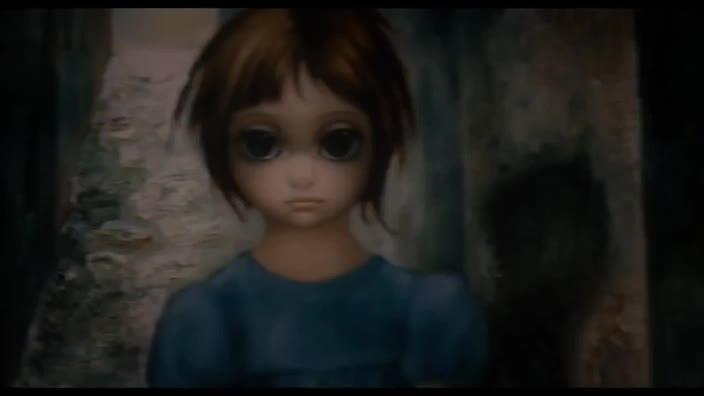
Today in History
Don't miss out on the headlines from Today in History. Followed categories will be added to My News.
WHEN artist Walter Keane was asked about his haunting paintings of children with big eyes he always claimed they were inspired by forlorn children he had seen in Berlin after World War II when he was there studying art.
While art connoisseurs didn’t think much of them, ordinary people really connected to these not-too-brilliant works of popular art. In the late 1950s and ’60s prints of them could be found everywhere and originals were sold for thousands. It made Keane a multi-millionaire and a star: He was often seen at A-list parties, posing around town in his expensive convertible. He compared his ability to paint eyes to great artists like El Greco.
The only problem was that he never painted a single one of the “masterpieces”.
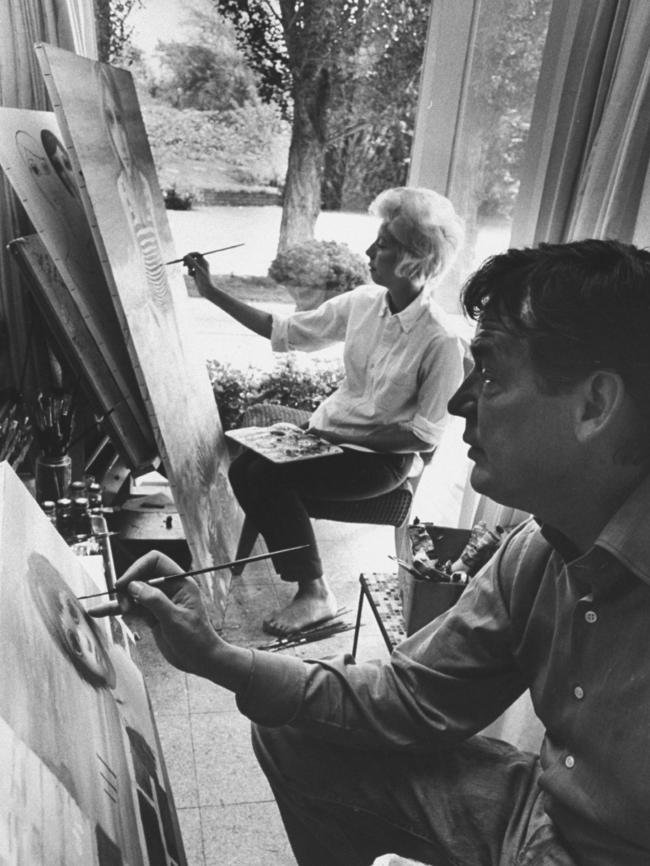
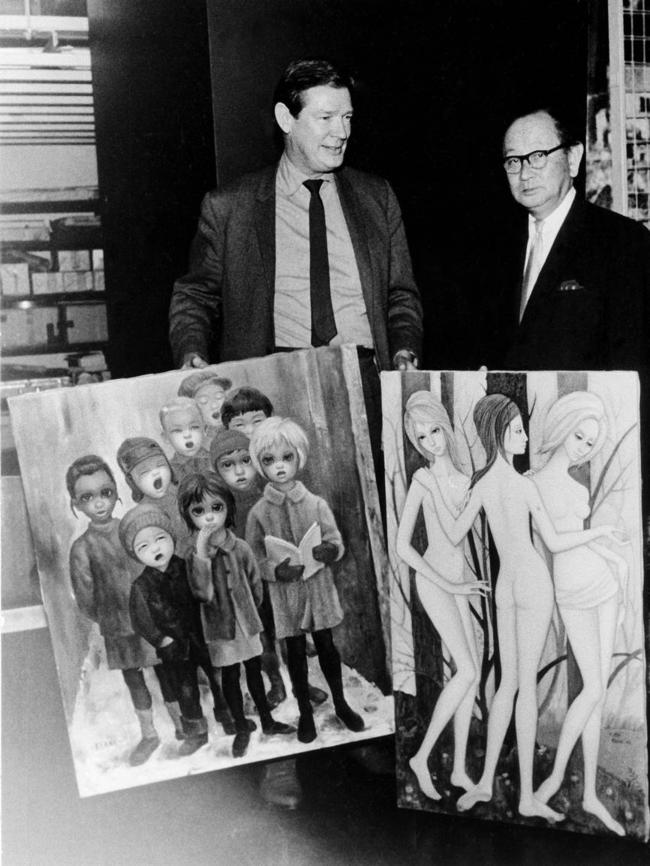
They were the work of his wife, Margaret, whom he kept slaving away for him behind closed doors while he enjoyed public adulation.
This amazing story of fraud is told in a new Tim Burton film, starring Amy Adams as Margaret and Christoph Waltz as Walter.
Keane was born in Lincoln, Nebraska, in 1915 to a Danish mother and a father of Irish descent. Initially making his money as a shoe salesman, he married designer Barbara Ingham in the 1940s and they set up a real estate business.
After World War II they went to Heidelberg and Paris, where Keane claimed he studied art, returning to the US where they set up a business making educational toys called Puppeteens. They split up in 1952 and in 1954 Keane met painter Peggy Doris Hawkins, who went by the name of Margaret, at an art festival. They married in 1955 and Keane noticed the attention Margaret was getting for her paintings of big-eyed waifs. Margaret painted the strange images as a representation of her own inner sadness.
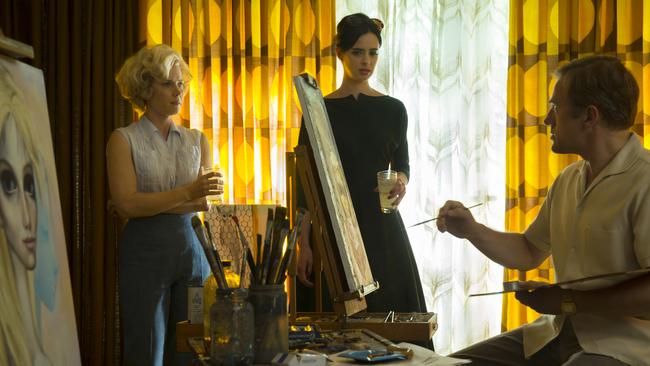
Walter decided to use one of her pictures in a poster for an art gallery he was opening in San Francisco. Many of the posters went missing and Walter received requests for copies of the poster or canvases of the children.
Margaret signed the paintings “Keane” so Walter was able to pass them off as his work, a scheme he concocted without telling her. She found out two years later when someone asked if she also painted. Walter mollified her by saying people were more inclined to buy the paintings if they were by him because he had a better story about how they were created.
He convinced Margaret to keep quiet about the fraud, getting her to work for hours every day churning out paintings while he enjoyed the fruits of her labour and cheated on her.
The paintings became enormously popular and had even gained a certain hip status among beatniks who thought them kitsch collectibles. Stars such as Joan Crawford and Natalie Wood commissioned Walter to paint their portraits. Presumably he got Margaret to work from photographs.
Keane tried to get Margaret to teach him how to paint the waifs but his poor skills were not up to the task. Eventually the deception, the cheating and the mental abuse became too much and Margaret left him. They were divorced in 1965. She moved to Hawaii and went on to marry a journalist who treated her with far more dignity and respect. Her confidence restored, she returned to painting.
Walter also remarried and claimed he was also creating new art, but that it had all been unfortunately lost at sea when a ship sank.
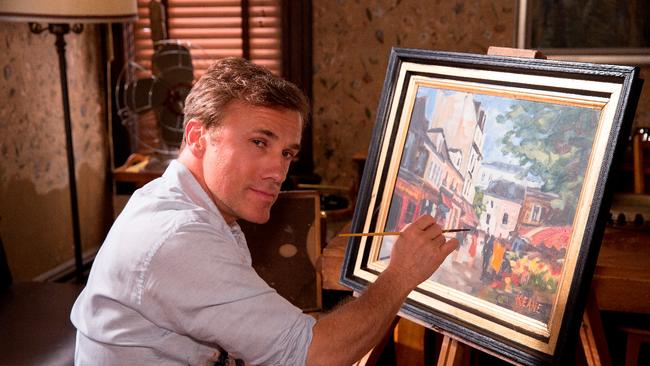
Towards the end of the ’60s the popularity of the big-eyed paintings began to wane, the market flooded with imitators and the public tired of the sameness of the images.
For years she had remained too scared to say anything but in 1970 Margaret finally decided to go public about the fraud. Walter vehemently denied it but when Walter attempted to sue her for slander he was unable to reproduce the painting style, claiming he couldn’t because he had a sore shoulder, while Margaret took less than an hour to effortlessly demonstrate who the true artist was.
Keane’s case for slander ended up with Margaret being awarded $4 million in damages by a jury but Walter avoided paying up by claiming bankruptcy.
The damages claim was later overturned on appeal, but Keane’s dirty secret was now out in the open. He died in 2000.
Big Eyes is in cinemas from Thursday


